Steps to Success: Becoming a Picture Book Writer
29 April 2020
Dear Writers,
Last week, I brought back Write Now! Wednesdays, an almost weekly feature highlighting writing craft and exercises. During the pandemic, I have found enormous comfort in reading and writing. It does not remove the fear but it helps me do something with it!
Do you have a writing exercise or practice you want to share? If you have an idea for a post, message me on Twitter or send me a message using my contact form.
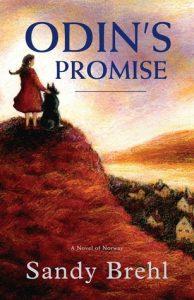 Today I’m delighted to welcome author and educator Sandy Brehl. She’s the author of the award-winning middle grade trilogy that begins with Odin’s Promise. She’s an educator and avid reader who runs the popular blog, Unpacking the Power of Picture Books.
Today I’m delighted to welcome author and educator Sandy Brehl. She’s the author of the award-winning middle grade trilogy that begins with Odin’s Promise. She’s an educator and avid reader who runs the popular blog, Unpacking the Power of Picture Books.
In this post, Sandy unpacks the steps to understanding and writing picture books. A long time ago, May was National Picture Book Writing Month. No more! But who cares? In this time of sheltering at home, you can write whatever you want whenever you want. If you’ve longed to write a picture book for your kids or many children–read on! You might decide to make May your own Picture Book Writing Month!
Happy Writing!
Rochelle
Steps to Success:
Becoming a Picture Book Writer
by Sandy Brehl
I shared a similar post on this topic with Rochelle several years ago. The rapidly evolving world of picture book writing and publishing calls for updates. Thanks for asking, Rochelle!
The publishing landscape in general, and picture book publishing in particular, changes rapidly. If your goal is to create simple books to share with family, this won’t matter to you. In fact, quality resources to produce some lovely family keepsakes are more available than ever. But if your writing is intended for publication for a wider audience, a professional approach will greatly improve your craft, and your odds of success.
My previous and best advice has not changed: Join the Society of Children’s Book Writers and Illustrators, SCBWI. Do it NOW! Explore their site, join your regional group, and attend conferences, workshops and resources. Find and work with a critique group.
Each and every minute you spend writing, reading, studying, and taking classes is valuable. That value is exponentially enhanced when working with others who are professionals. SCBWI members are published or are pursuing a path to improvement that will lead to publication. Working with others who invest time and effort into learning what it takes to succeed puts you among knowledgeable creators.
Reliable Steps to Success
Read.
Read.
Reread.
As many picture books as you can.
Make librarians and bloggers your best friends to help you find and explore recent releases. Don’t waste your time chasing trends, but read, enjoy, analyze, and emulate picture books that offer excellent examples of the language, content, and formats that you strive to produce.
Write.
Revise.
Seek and reflect on critiques.
Revise again.
Lather, rinse, repeat.
Why THESE steps?
READ: Picture books are changing drastically, especially in word length, innovation, and target audiences. Less than a decade ago it was not unusual for picture books to have 1200-1500 words. Now many submission guides request 500 words or less. Emphasis is on LESS.
There are successful exceptions, so if you’re working on picture books involving longer text, find, read, and study current releases that reflect your intended approach. Why and how did those authors manage to buck the standard expectations? How can their approach inform your own approach?
Topics, trends, and targets change rapidly. You need to be aware of the current market, but don’t attempt to copy current trends. Picture books can take eighteen months to five years (and more) to go from contract to market, and your “trendy” topic will be outdated by then, if not sooner. Focus on timeless qualities and themes.
WRITE: Picture book writing is as much an art form as the illustrations are. You don’t need to be an artist, know one, or hire one to illustrate your submission. Unless you are a professionally trained artist, or otherwise professionally qualified, including illustrations will likely diminish your chances of being accepted, or even taken seriously.
(SCBWI offers many opportunities for illustrators to develop, but this post is about writing.)
If you are a writer, write. Limit illustration notes to a minimum, and then only in the cover letter, not on the submission text (unless the story ABSOLUTELY requires it to make sense). Trust the editor to select the best illustrator and guarantee that the final result will be greater than the sum of the parts. Editors and publishers are as eager as you are to produce a book that will succeed.
Strive to surpass the highest standards of writing. Learn and apply them to picture book principles. One way to learn is to type out the full text from favorite examples. Consider each and every word. What made each word the exact right choice, in that order, on that page? How did the author achieve read-aloud qualities precisely, lyrically (even when not rhymed), and with irresistible appeal? Where is the heart in this story and how was it revealed?
READ BLOGS: Several professional blogs are listed in the resources below and online searches will yield more. Find a few that offer consistent, current resources to help you stay informed. When you have a manuscript submission-ready, get to work on the next one. Many agents will not take on picture book writing clients unless they have several submission-ready manuscripts. Meanwhile, do your research, planning to send your submissions to the best possible match of an agent or editor for your own work. Follow guidelines for cover letters, submissions, and manuscript formats. First impressions count.
Know Your Market: What IS a Picture Book?
Know what makes a picture book a picture book.
The ALA’s official definition is lengthy, but the short version goes something like this: A picture book is aimed at children, including teens. It has a collective unity of story line, theme, or concept, developed through the series of pictures comprising the book (Picture books may be wordless, but pictures are mandatory: an essential component in to storytelling, conveying what words cannot.)
Why children need picture books
I launched my picture book blog years ago in response to a New York Times article, Picture Books No Longer a Staple for Children. They suggested that picture books could be fading from importance.
I wrote:
“Picture books have magnetism: complex visual media, powerful language, accessible and informative text. Quality picture books offer readers a rich terrain and an irresistible hook to read deeply, to reread, to connect, and to appreciate. Picture books foster intense, satisfying engagement with books—the original hand-held app.”
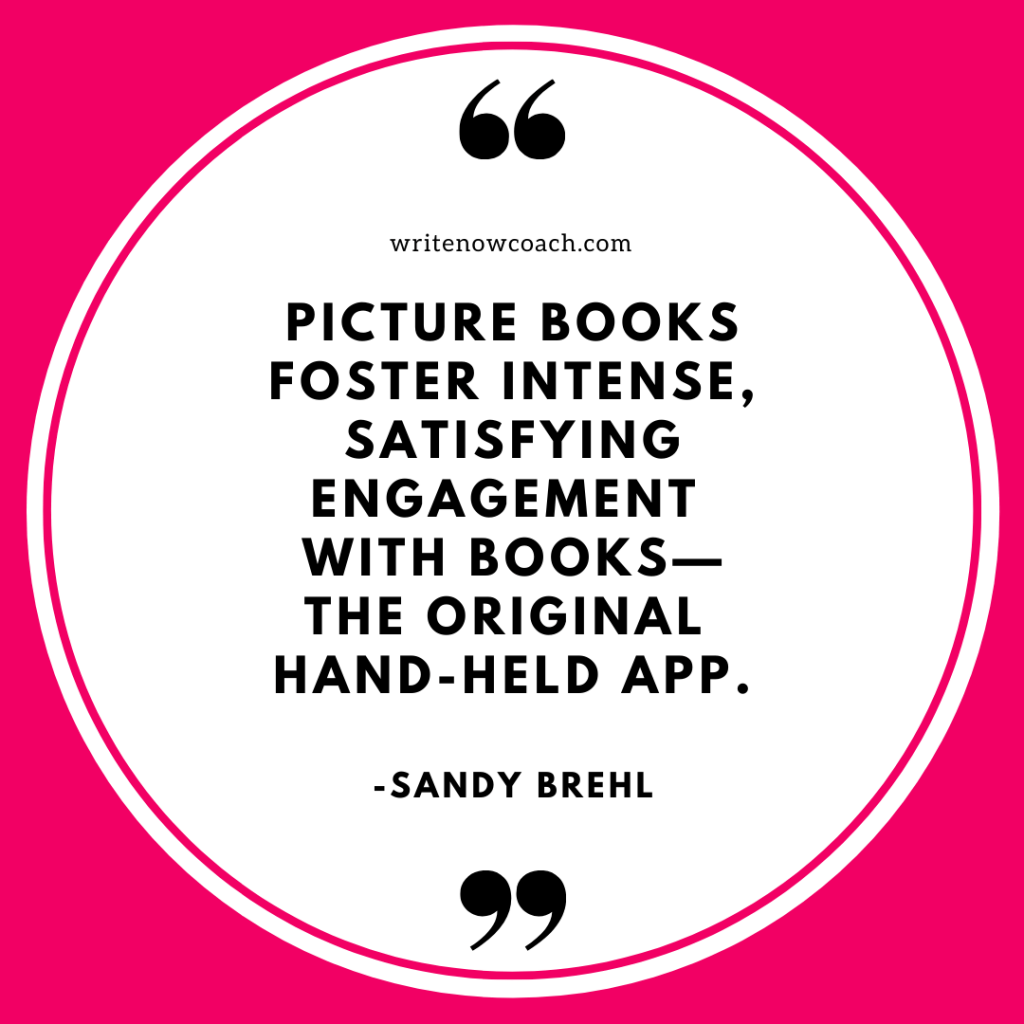
How picture books are changing
Picture books are a dynamic and changing format. They include board books, wordless books, interactive books, fiction, non-fiction, and involve any genre. They may be eight pages long or range up to 96 pages and beyond.
Examples: Patricia Polacco’s January’s Sparrow. (Philomel, 2009); Kadir Nelson’s Heart and Soul: The Story of America and African Americans. (Balzer + Bray, 2011). Brian Selznick’s The Invention of Hugo Cabret won the Caldecott Award in 2008 for best picture book of the year with 533 pages and later became the movie HUGO.
Most often, though, picture books are 32 pages, a very limited space in which to create brilliance. Tara Lazar’s blog https://taralazar.com is a treasury of excellent descriptions and tips about how such brilliance is developed, including a layout for storyboarding a 32 page picture book. https://taralazar.com/2016/10/06/every-picture-book-author-should-make-a-storyboard/
Resources to Explore
There are many blog, twitter, and other social media opportunities to improve your writing and open doors to success.
Take a Deep Dive into Picture Book Writing
Several years ago Tara Lazar, Katie Davis, and other picture book writers launched PICTURE BOOK IDEA MONTH (PiBoIdMo) to motivate and support writers of picture books. Their plan was inspired by the annual NaNoWriMo challenge (National Novel Writing Month- November) https://www.nanowrimo.org ). PiBoIdMo was hosted on Tara’s blog as a challenge to writers to generate ONE picture book idea on each day in the month during May. That year May was designated International Picture Book Month.
Times changed, and this structured challenge became STORYSTORM, now celebrated in January. All prompts and coaching posts are archived and available free to readers, whether formally participating or not. Those who sign on for STORYSTORM month may access accountability tools and pursue incentive opportunities. At the conclusion of the 2020 Storystorm, Tara posted links to each of the daily posts and coaching for 2020, which you can access here any time you want: https://taralazar.com/category/storystorm-2020/
Learn from the Best
Another author who has enjoyed years of picture book success is Verla Kay. https://www.verlakay.com Her website and live chats are a great place to start. Miranda Paul is another picture book creator who has had impressive success in the past decade. If you are not already aware of Miranda’s writing journey, you should be, especially if your interest is writing nonfiction picture books: http://mirandapaul.com
Harold Underdown is a highly respected editor in children’s publishing. He manages the website The Purple Crayon. https://www.underdown.org/blog.htm Here he provides reliable guides, directions, samples, and advice for picture book writers at all stages, from novices to masters. He regularly updates the information on his site regarding changing “homes” for agents and editors.
Where to Start
Before you swap prime writing time for hours (weeks? months?) of exploration, the notes above are meant to offer reliable and respected starting points. When you do search, remember to “consider the source.” Scroll up to the top and click on that first link to join SCBWI now. If you’re already a member, make it a point to take full advantage of the many ways this remarkable group can help you to step up your game and stay up to date on the publishing world.
There’s plenty more to say about processes and resources for submitting your work, once that you are ready. But your guiding light should always be to WRITE, and write well. Do that, and I’ll look forward to reading your picture books.
Thanks for inviting me back, Rochelle!
 About the author. Sandy Brehl is a reader, a writer, a blogger, a public speaker, and an art lover. She writes picture book text, poetry, and middle grade fiction and nonfiction.
About the author. Sandy Brehl is a reader, a writer, a blogger, a public speaker, and an art lover. She writes picture book text, poetry, and middle grade fiction and nonfiction.
Sandy is the author of an award-winning middle grade trilogy, historical novels set during the German occupation of Norway. Her website is SandyBrehlBooks, which includes a blog with book reviews, interviews, reflections, and writing insights. She has served as a Cybils Award judge many times and reviewed thousands of books at her account on Goodreads: https://www.goodreads.com/review/list/2860282
You can subscribe to her blog: Unpacking the Power of Picture Books.
Twitter: @SandyBrehl and @PBWorkshop
Facebook: Sandy Brehl Author

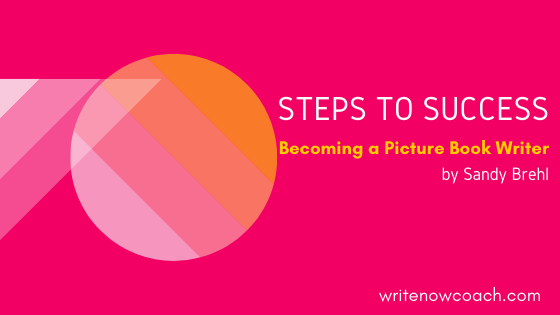


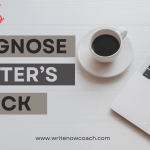
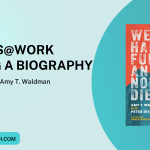
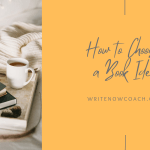









Thank you, Rochelle and Sandy, for sharing your wealth of information. I’m impressed with some recent releases which are using creative formatting such as having two stories; one for younger readers at the top of the page and a second for older readers on the bottom. I’ve also seen comic designs or the clever formatting of “The Giant Squid where only parts of the squid are revealed until the end. Striking, unusual and effective.